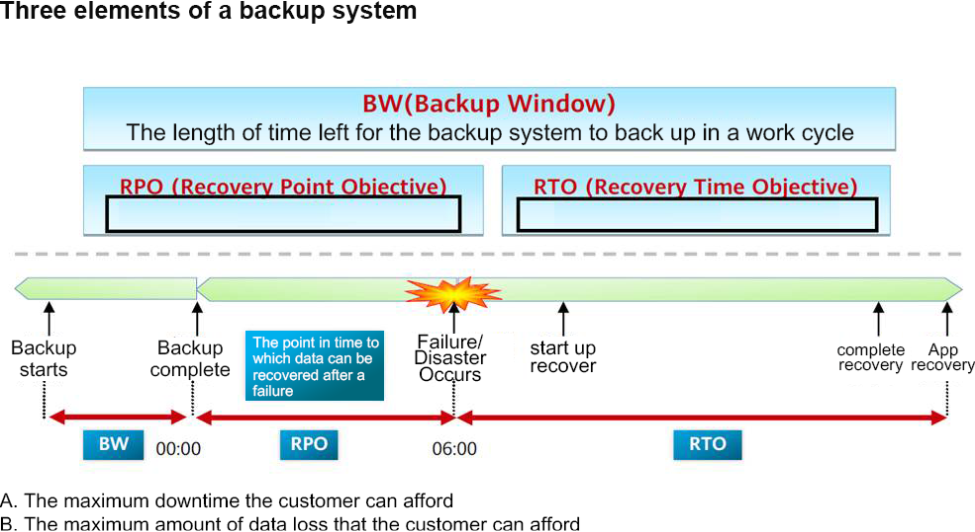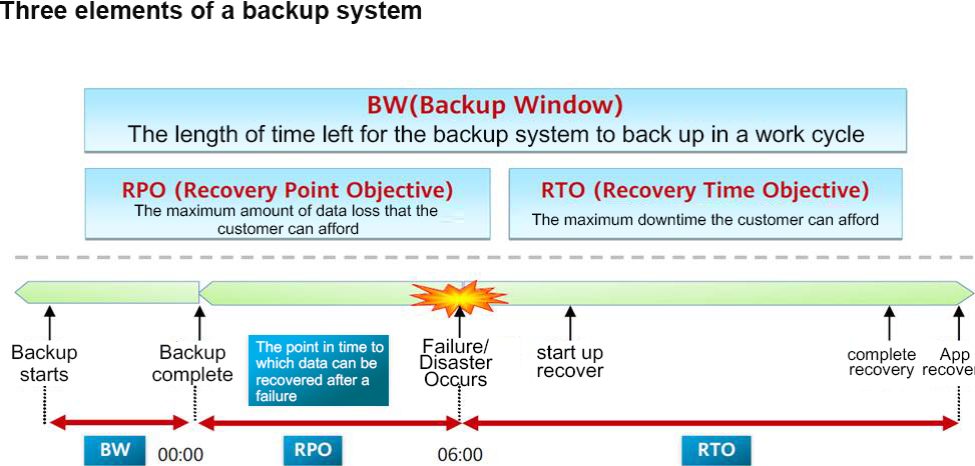Practice Free H13-611_V5.0-ENU Exam Online Questions
The business needs to provide block services and file services. Which of the following is correct? (Multiple Choice)
- A . CIFS and NFS are both C/S
- B . Support AD domain environment
- C . Support for non-domain environments
- D . Support CIFS/NFS deployment on the same network
Which of the following descriptions about the advantages of DAS is correct? (Multiple Choice)
- A . Deployment is simple
- B . Large initial investment
- C . Low networking complexity
- D . The configuration is relatively complex
Huawei storage supports fully interconnected architecture. Which of the following items are part of the fully interconnected architecture? (Multiple Choice)
- A . Fully connected gateways
- B . Full front-end interconnection
- C . Full back-end interconnection
- D . Controllers are fully interconnected
The optical module rate needs to be consistent with the label rate on the interface module, otherwise the storage system will trigger an alarm and the port will be unusable.
- A . True
- B . False
Lun and the file system cannot be in the same storage pool or the same hard disk.
- A . True
- B . False
In the storage device performance index, latency refers to the time interval from initiating an IO request to completing the IO processing.
- A . True
- B . False
Storage space allocation on write is Direct-on-time, and read-write redirection is Capacity-on-write.
- A . True
- B . False
Which of the following descriptions about serial transmission and parallel transmission is correct?
- A . Parallel transmission is slow, low cost, and suitable for short-distance transmission
- B . Serial transmission is slow, low cost, and suitable for long-distance transmission
- C . Serial transmission is fast, costly, and suitable for short-distance transmission
- D . Parallel transmission is fast, costly, and suitable for long-distance transmission
Which of the following license operations can be performed in the License Management interface of Devicelanager? (Multiple Choice)
- A . Update the license
- B . Importing a license
- C . Activate the license
- D . Uninstall the license


